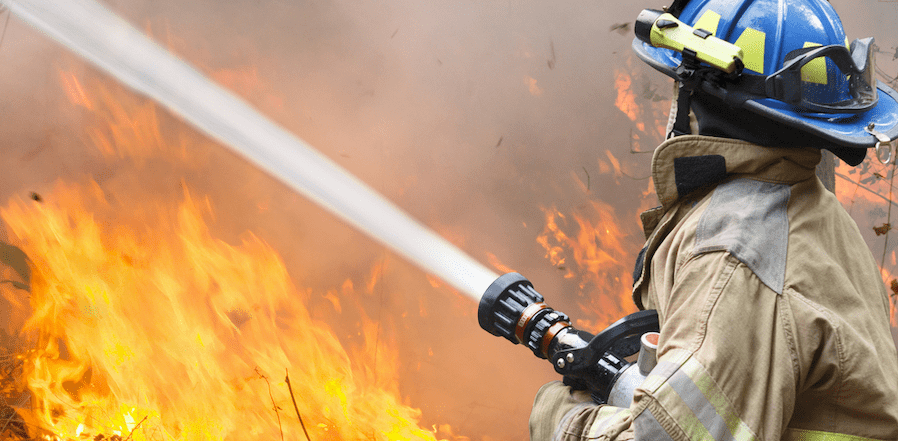Firefighting is a rewarding career but comes with significant health risks. These include exposure to toxic substances such as carbon monoxide and other chemicals, high pressure during a firefighting call, physical demands, and mental stress.

Mental health problems such as posttraumatic stress disorder (PTSD) and depression are common among firefighters exposed to traumatic situations and experiences regularly. The challenge is to identify those who are suffering and offer them support.
Communication Issues
One of the most challenging issues for experienced firefighters is communication. Without proper communication, the information a firefighter needs to do their job doesn’t reach the right people at the right time.
This can lead to a variety of problems. For example, if a firefighter isn’t receiving instructions from their incident commander, they might send out information that doesn’t address the situation.
Officers must also take time to talk with crews about their performance during an incident and offer any constructive criticism they may have. This can help them improve their performance in the future.
In addition, it’s essential to have an internal communications system that’s easy to use and helps keep all firefighters in the loop. Memos and shift logs are two common ways departments communicate essential updates and information to their personnel.
Physical Demands
An experienced firefighter, Daniel Ahasic, faces various physical demands, including lifting heavy equipment and performing rescues in dangerous or confined spaces. They may also need to climb many flights of stairs quickly while wearing the equipment necessary for their job.
Some experienced firefighters work in firehouses that offer fitness facilities, which can help them stay physically fit and healthy. This is especially important considering the changing conditions they encounter almost daily, such as working in high altitudes, dark and confined spaces, or harsh weather.
Several studies have found that firefighting activities can elevate a firefighter’s heart rate (HR) to 80% of HRmax, resulting in an EE value of 11.9 METs (metabolic equivalent). To prevent this, firefighters must be in good physical condition and have the strength and endurance to carry out their fire suppression tasks safely, healthily, and efficiently.
Time Management Issues
As a result of high workloads, ill health, and lack of time to care for their family, many experienced firefighters struggle to balance work and home life. They often find themselves unable to spend quality time with their children or spouse, and their family relationships are not developing as they should.
One way of addressing these issues is to make time for families. The time spent together must have a purpose. Examples include side-by-side activities, such as going to the museum or an art gallery, or a more personal experience, like a family vacation.
Personal Issues
The traumatic events firefighters encounter daily are life-threatening and can profoundly affect their mental health. Often, these events are accompanied by a sense of helplessness or a feeling that they cannot do anything to stop the situation.
These feelings can be so overwhelming that some firefighters become chemically dependent on drugs or alcohol to cope with the underlying stress. In addition, a high rate of suicide is reported among firefighters.
Several studies have reported that PTSD is more common in fire service professionals than in the general population. This is due to the traumatic nature of their jobs and the high rates of line-of-duty deaths among firefighters.



